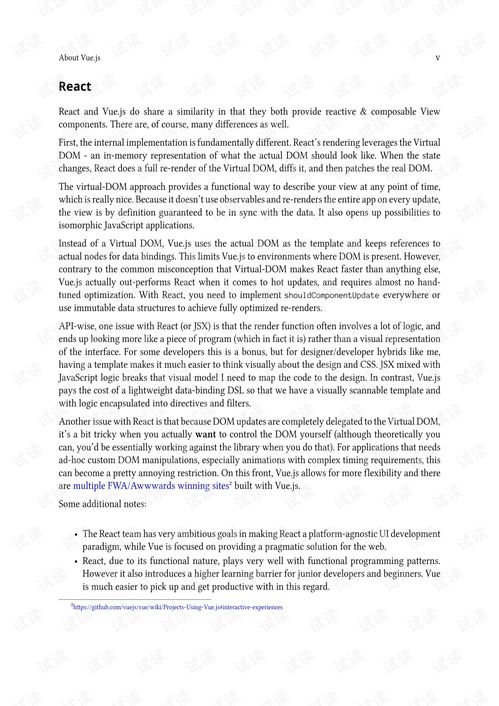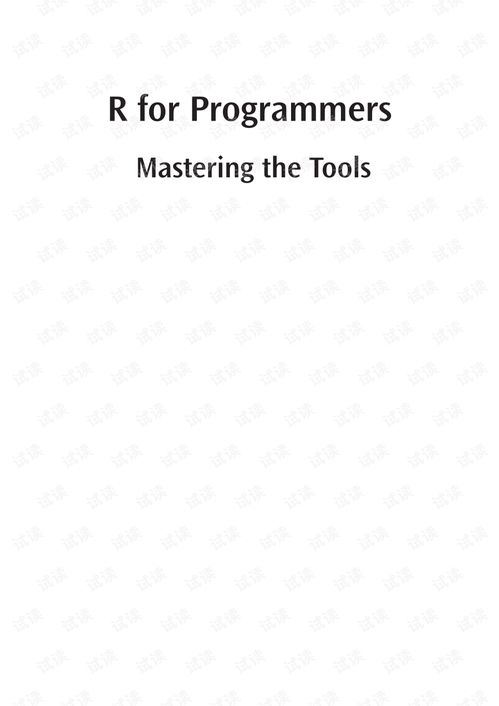Content:
Fishing is an art that requires patience, skill, and a deep understanding of the underwater world. One of the most crucial aspects of fishing is the speed at which you can bait your hook. The quicker you can get your bait on the line, the more likely you are to catch fish. In this article, we will delve into various techniques that can help you bait your hook faster and more efficiently.

Familiarize Yourself with Your Equipment
Before diving into the techniques, it's essential to be well-acquainted with your fishing gear. This includes understanding the type of fishing rod you're using, the strength of your line, and the weight of your bait. The better you know your equipment, the more effectively you can apply the following techniques.
Keep Your Bait Close at Hand
One of the primary reasons for slow baiting is the time it takes to retrieve your bait from a distant location. To speed up the process, keep your bait within arm's reach. This could mean having a small container or a bait holder attached to your fishing rod or keeping your bait in a nearby pocket or tackle box.
Master the Art of Quick Hand Movement
The speed at which you can bait your hook largely depends on your hand movement. Practice rapid and precise hand movements to reduce the time it takes to attach your bait. Here are a few tips to help you improve:
- Finger Dexterity: Work on improving the dexterity of your fingers. This can be achieved through regular exercises that focus on hand and finger strength and agility.
- Practice Makes Perfect: Spend time practicing baiting your hook without a fish. This will help you develop muscle memory and improve your technique.
- Use the Right Grip: Find a grip that allows you to apply pressure and control the bait with ease. This may vary depending on the type of bait you're using.
Employ the Right Baiting Technique
Different baits require different baiting techniques. Here are some common types of baits and the techniques to use for each:
- Live Bait: For live bait, such as worms or minnows, use a quick and gentle motion to slide the bait onto the hook. Avoid applying too much pressure, as this can harm the bait and reduce its effectiveness.
- Artificial Lures: When using artificial lures, such as spinnerbaits or crankbaits, the key is to position the lure correctly on the hook. This often involves a slight bend in the hook to ensure the lure moves naturally.
- Soft Plastics: Soft plastics, like worms or grubs, can be tricky to bait quickly. Use a quick and firm pinch to secure the bait onto the hook, ensuring that the hook is positioned in the bait's natural mouth or belly.
Utilize a Quick-Release Baiting System
Investing in a quick-release baiting system can significantly speed up the process. These systems often include a specialized bait holder or a quick-change rig that allows you to swap baits in seconds.
Keep Your Hook Sharpened
A dull hook can slow down the baiting process and reduce your chances of catching fish. Regularly sharpen your hooks to ensure they cut through the bait quickly and efficiently.
Stay Calm and Focused
Lastly, maintaining a calm and focused demeanor can help you bait your hook faster. Anxiety or frustration can lead to slower and less precise movements, so take a deep breath and stay relaxed.
In conclusion, baiting your hook quickly and efficiently is a skill that can be developed through practice and the application of the right techniques. By familiarizing yourself with your equipment, mastering quick hand movements, employing the right baiting technique, using a quick-release baiting system, keeping your hook sharp, and staying calm, you'll be well on your way to becoming a faster and more effective fisherman. Happy fishing!












